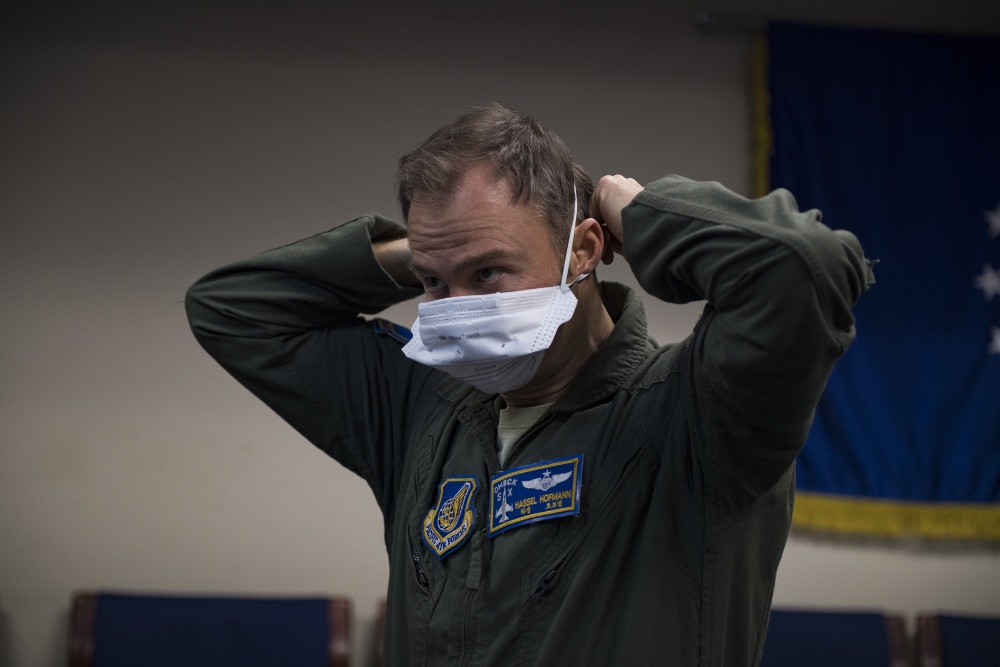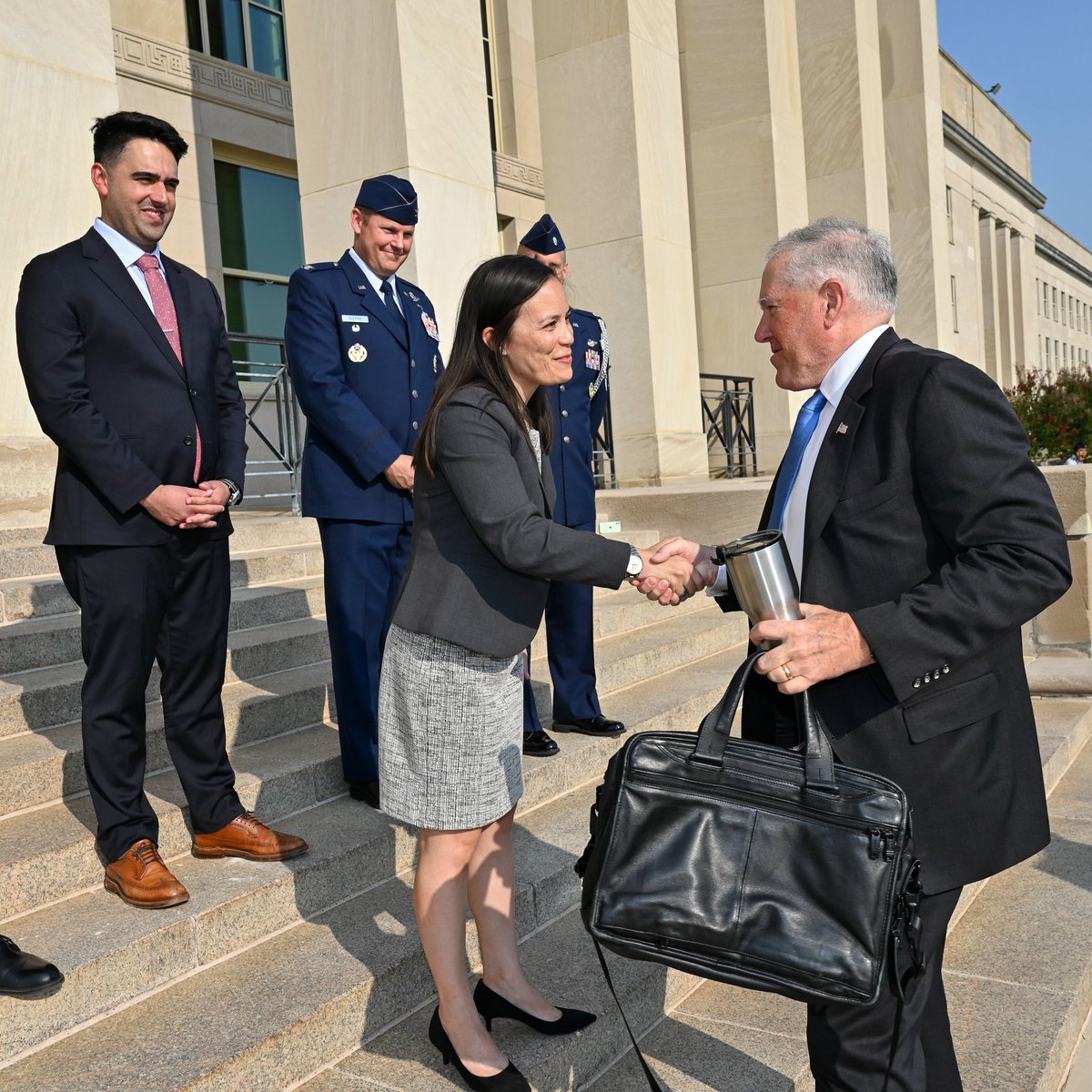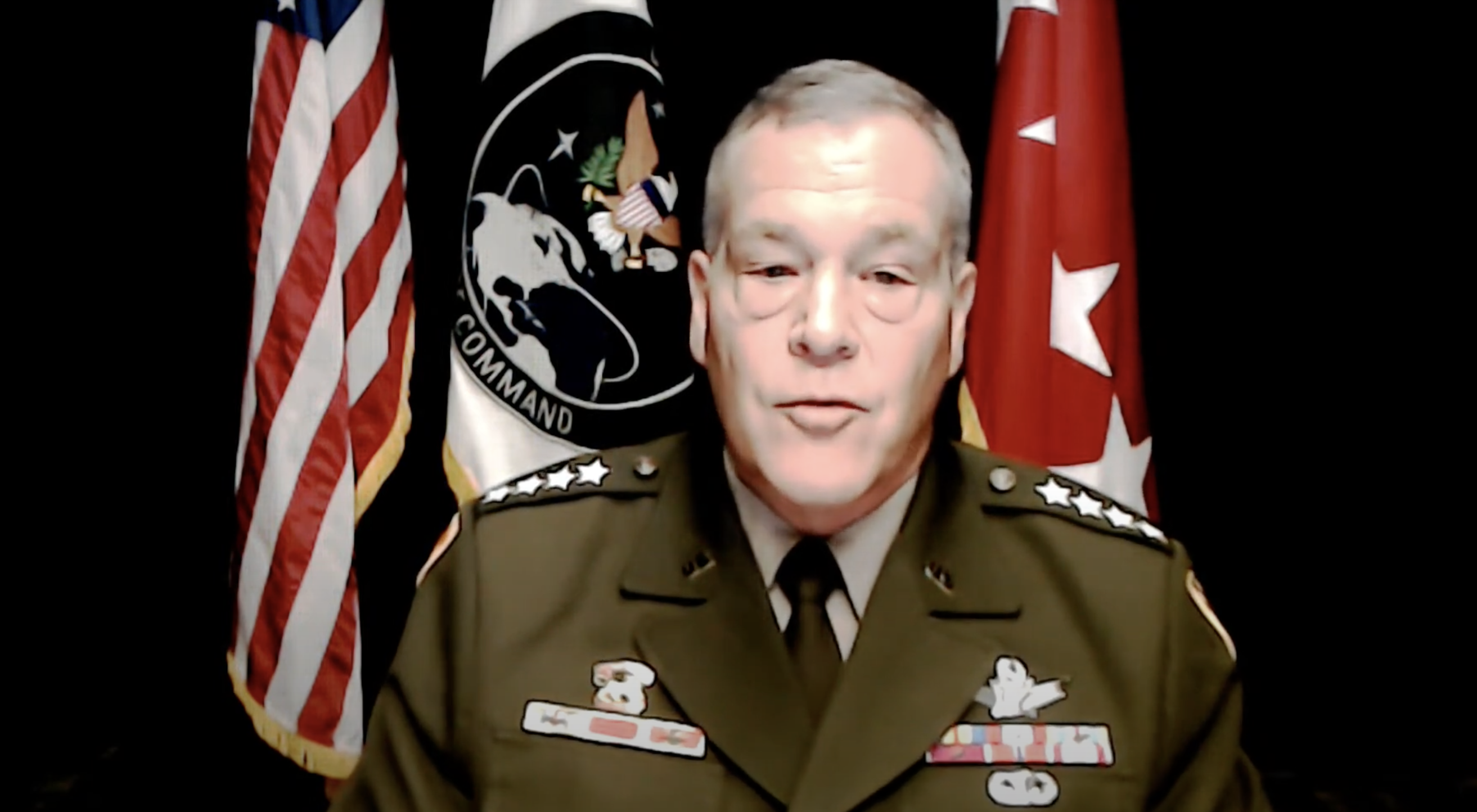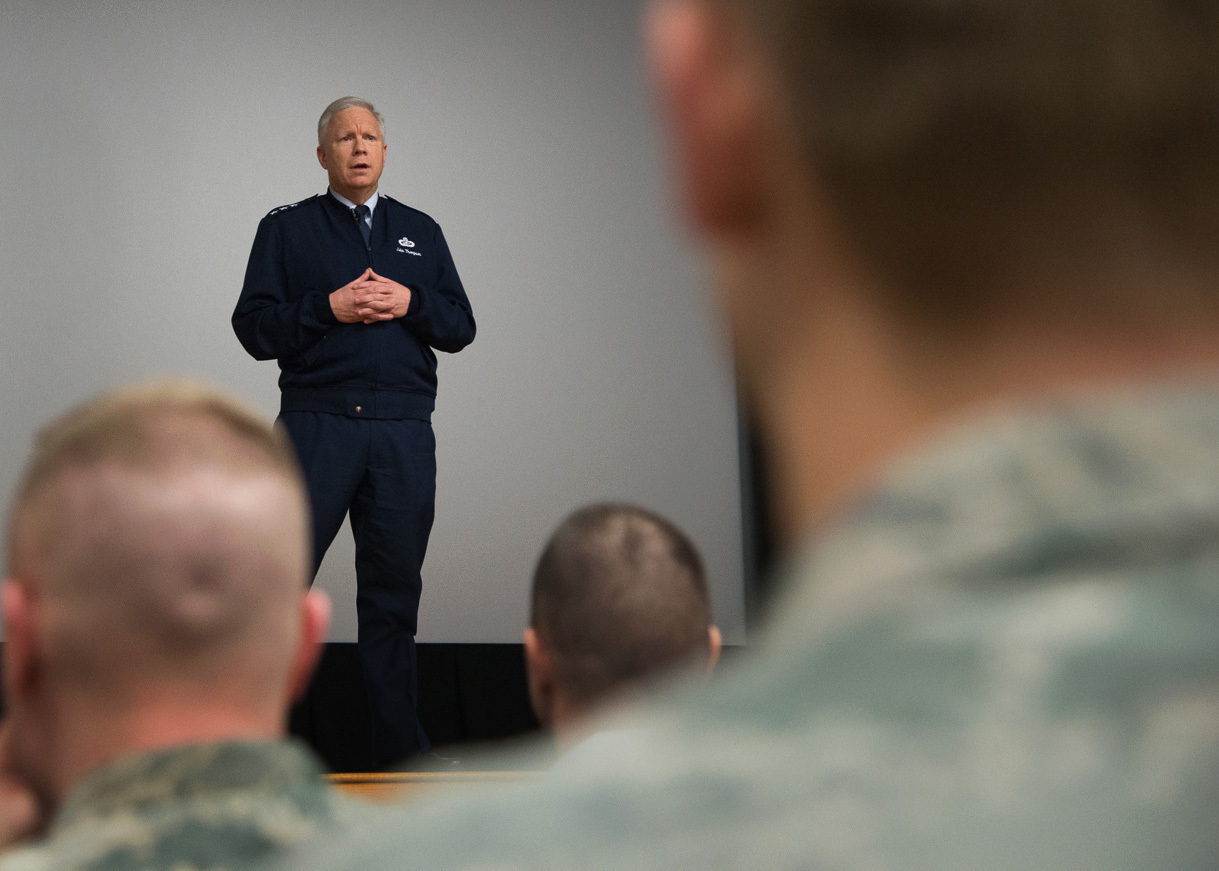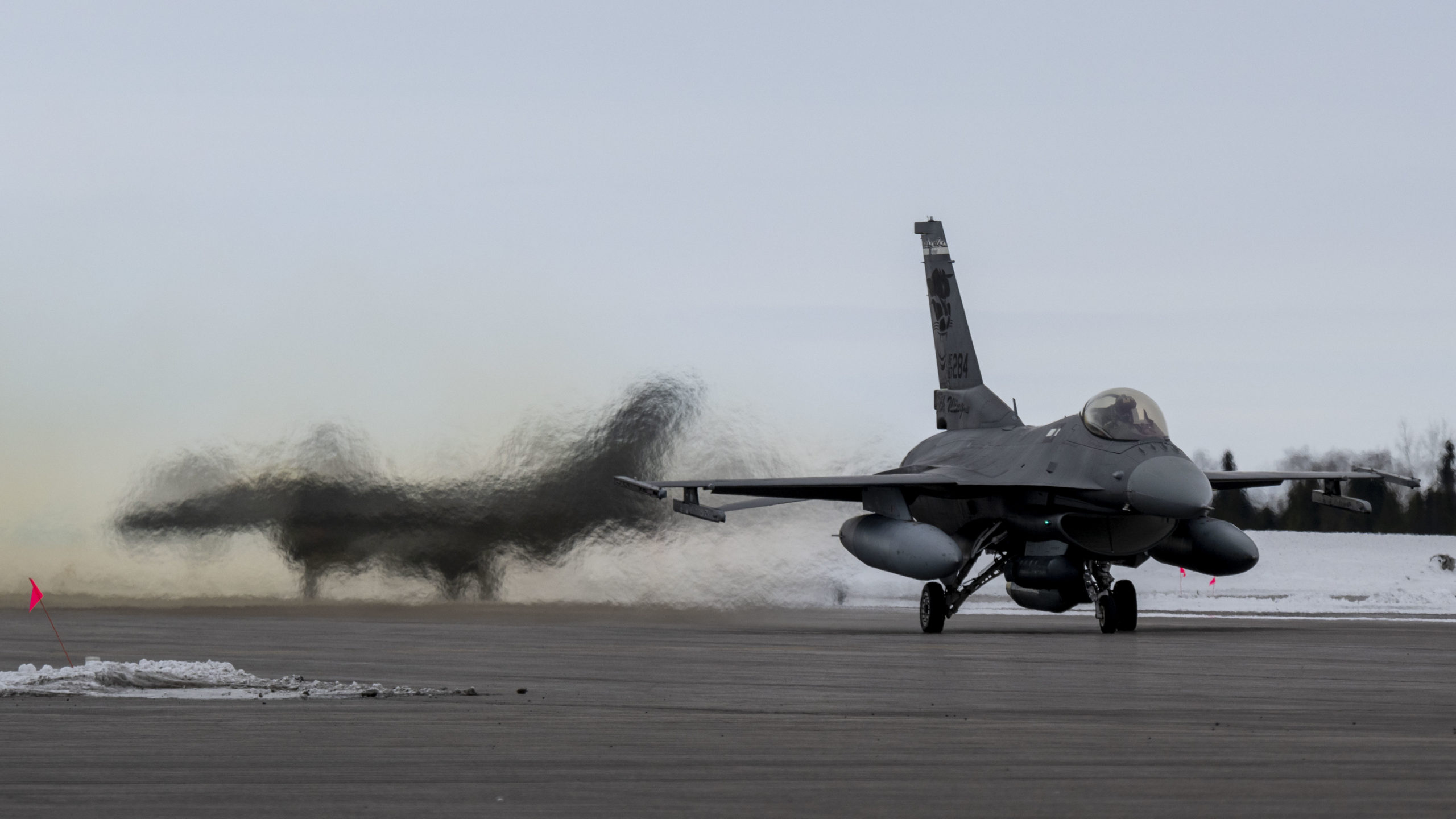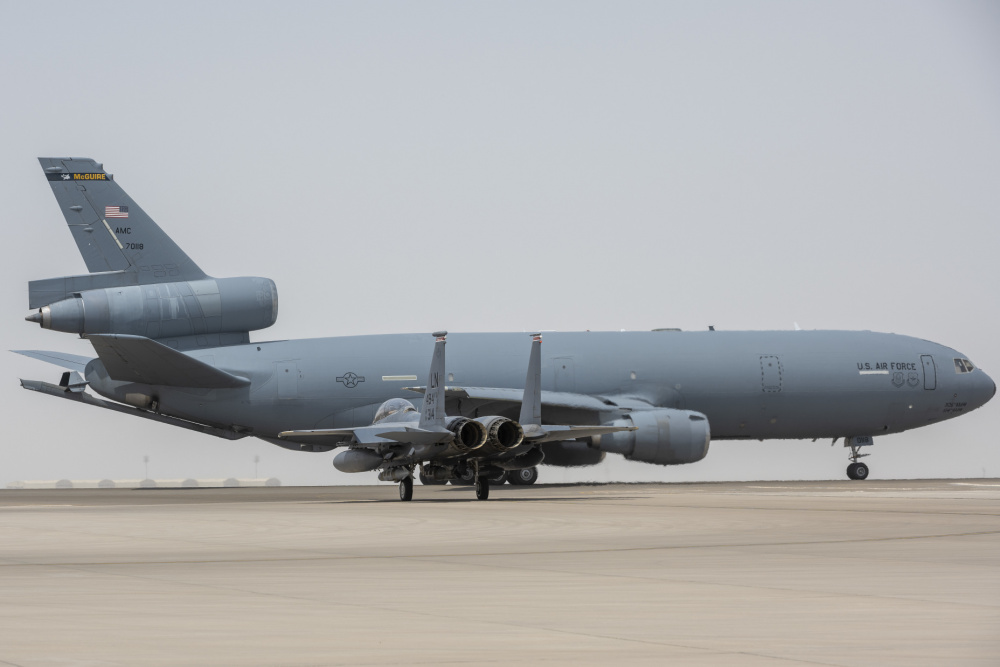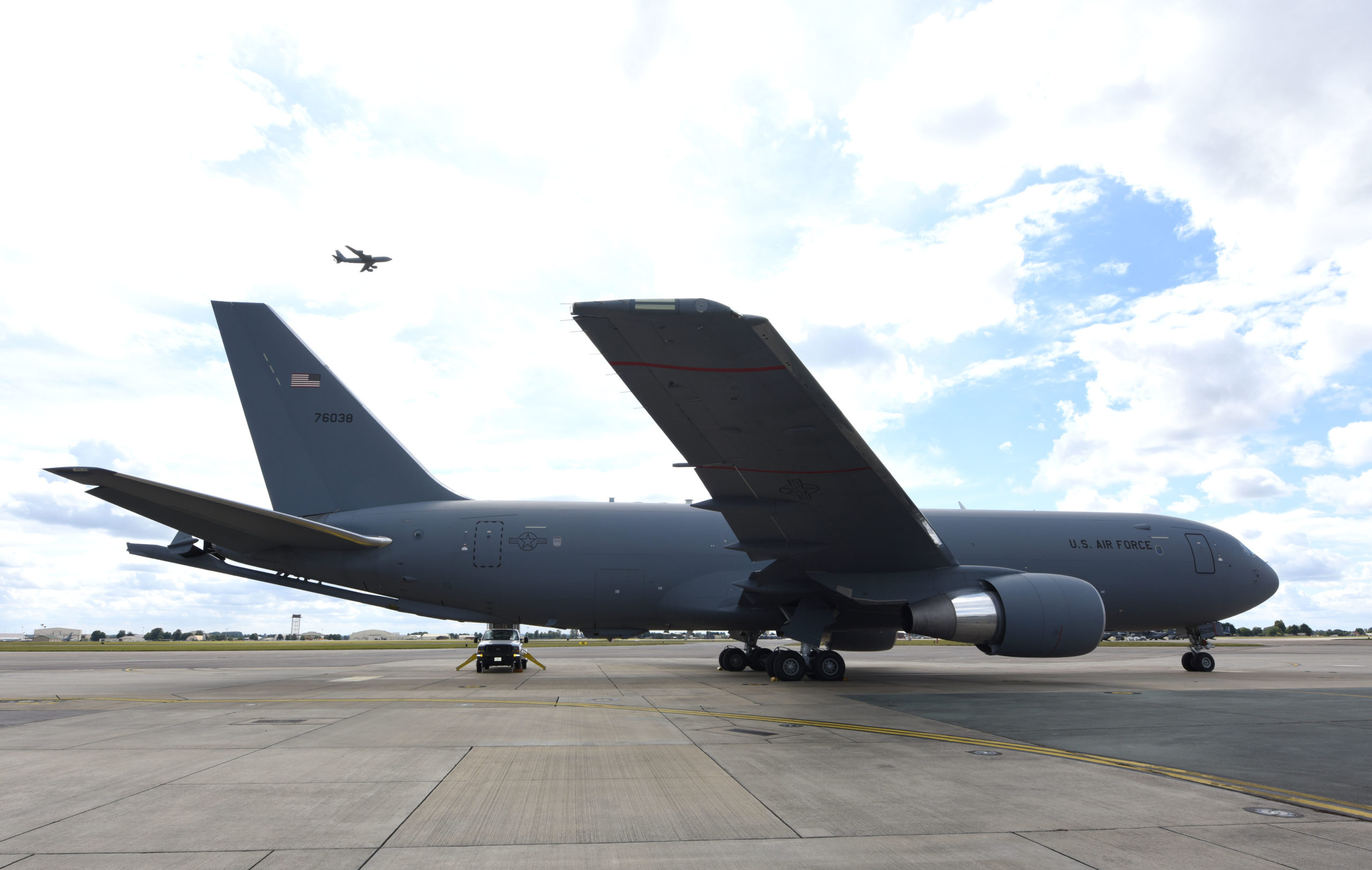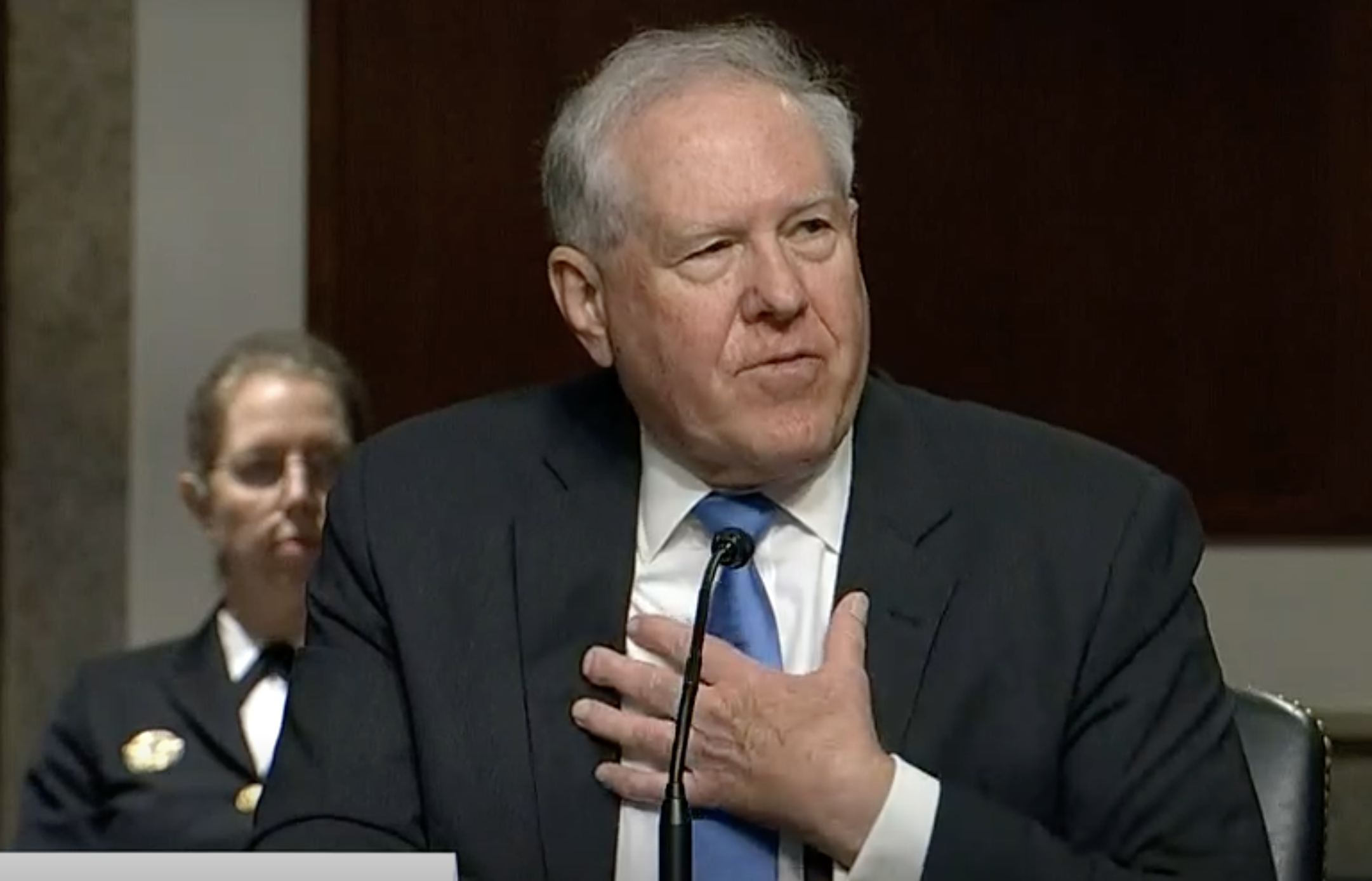The Defense Department is directing the return of masks for all DOD personnel in areas with increasing COVID-19 cases following updated Centers for Disease Control and Prevention guidance.
Deputy Defense Secretary Kathleen H. Hicks on July 28 issued a memo to all Defense Department personnel directing everyone, regardless of vaccination status, to wear masks while in indoor settings at DOD installations and other facilities “in areas of substantial or high community transmission” as outlined by the CDC.
“Today’s announcement applies to all service members, federal personnel, contractors, and visitors when indoors at all properties owned by the department in those areas, in accordance with updated CDC guidelines,” the Pentagon said in a statement. “All defense personnel should continue to comply with CDC guidance regarding areas where masks should be worn.”
A map of areas with increased COVID-19 transmission is available here.
The CDC on July 27 changed its mask guidance, recommending that even vaccinated individuals wear them in areas of high transmission, as the Delta variant of COVID-19 continues to spread.
The Pentagon, in May, followed the then-CDC guidance, lifting the mask requirement at DOD facilities.
Some Air Force facilities issued mask mandates in advance of DOD guidance. Whiteman Air Force Base, Mo., on July 26 made masks mandatory at the installation as cases rose.
“Every adjustment to our public health measures is carefully considered and not taken lightly,” said Col. Daniel C. Diehl, 509th Bomb Wing commander, in a release. “We take this step with the best interest of our personnel and our mission readiness in mind. All members of our teams are vital to our success and task of providing the nation with persistent strategic deterrence and lethal global strike capability. Everyone’s continued commitment to fighting the spread of COVID-19 is critical.”
